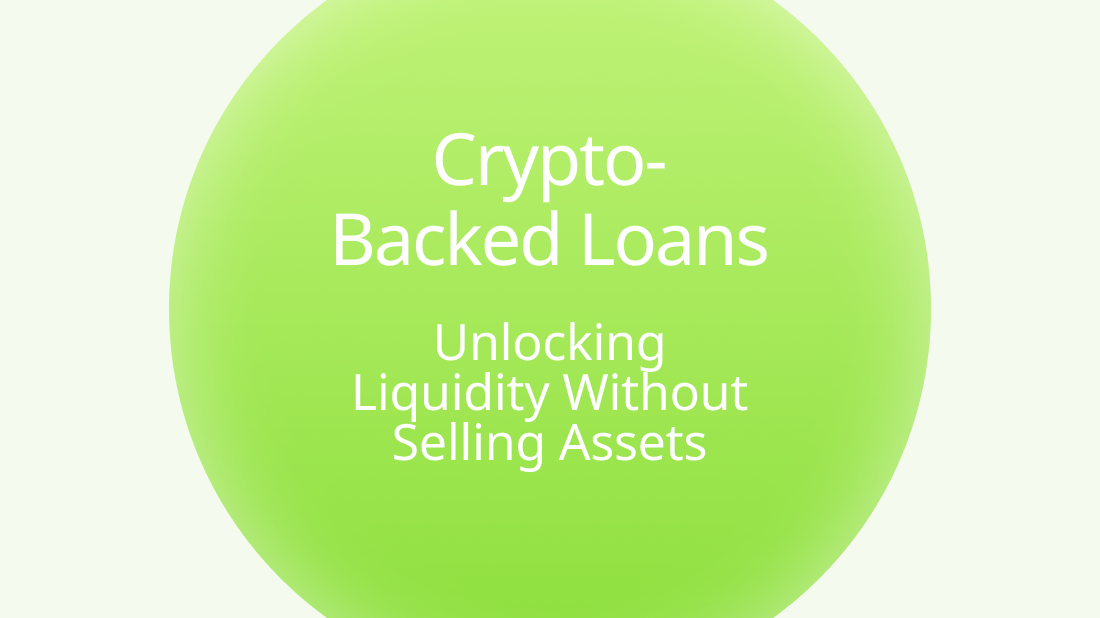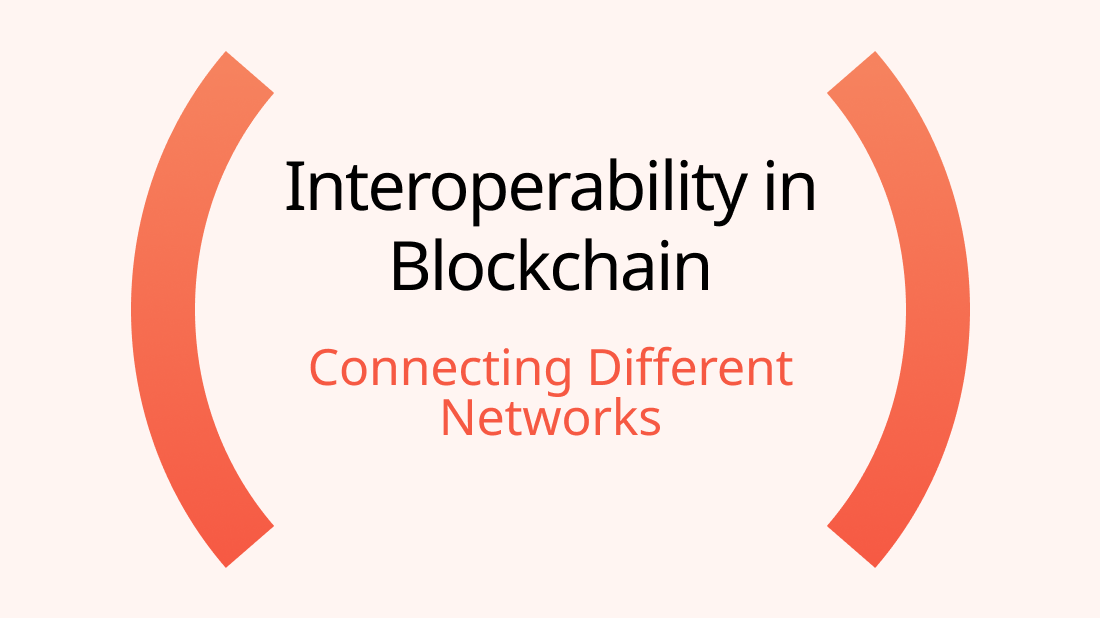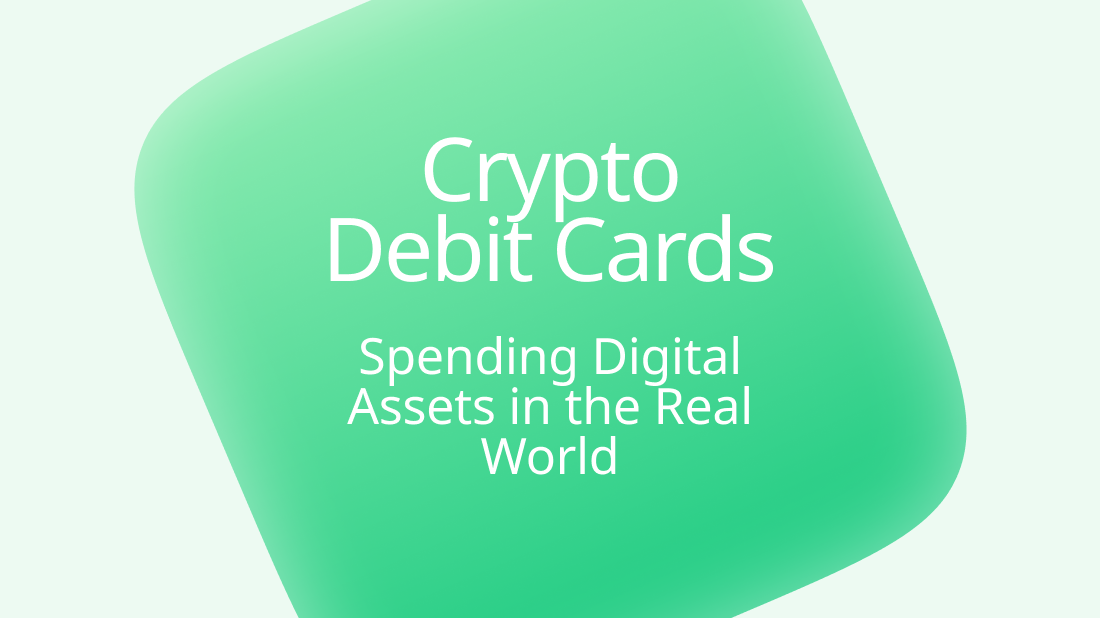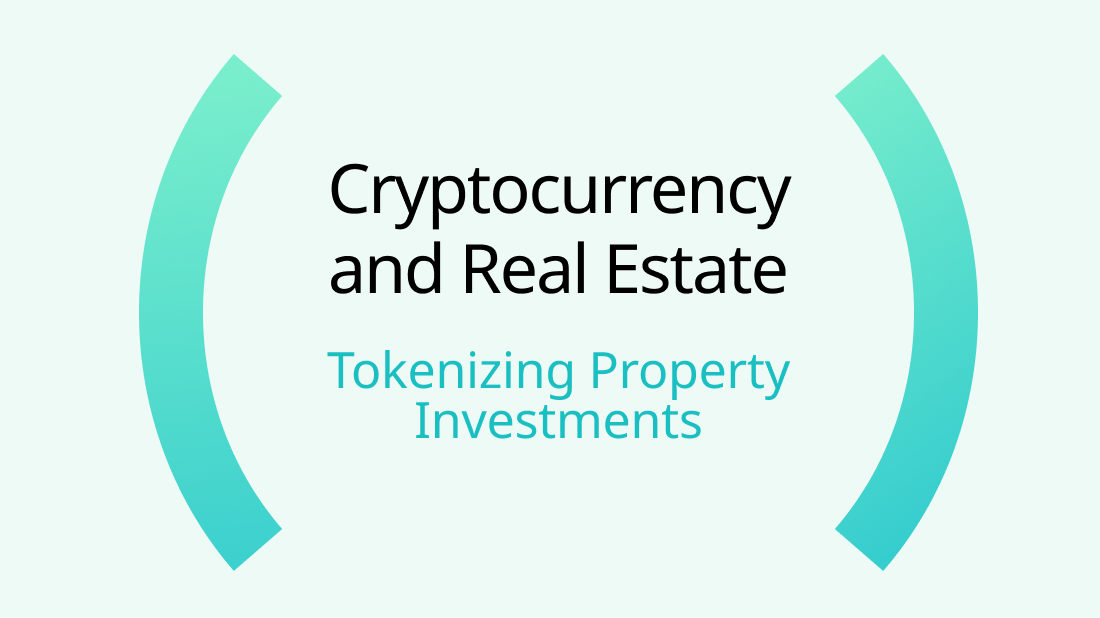NFT Staking: How to Earn Passive Income with Non-Fungible Tokens
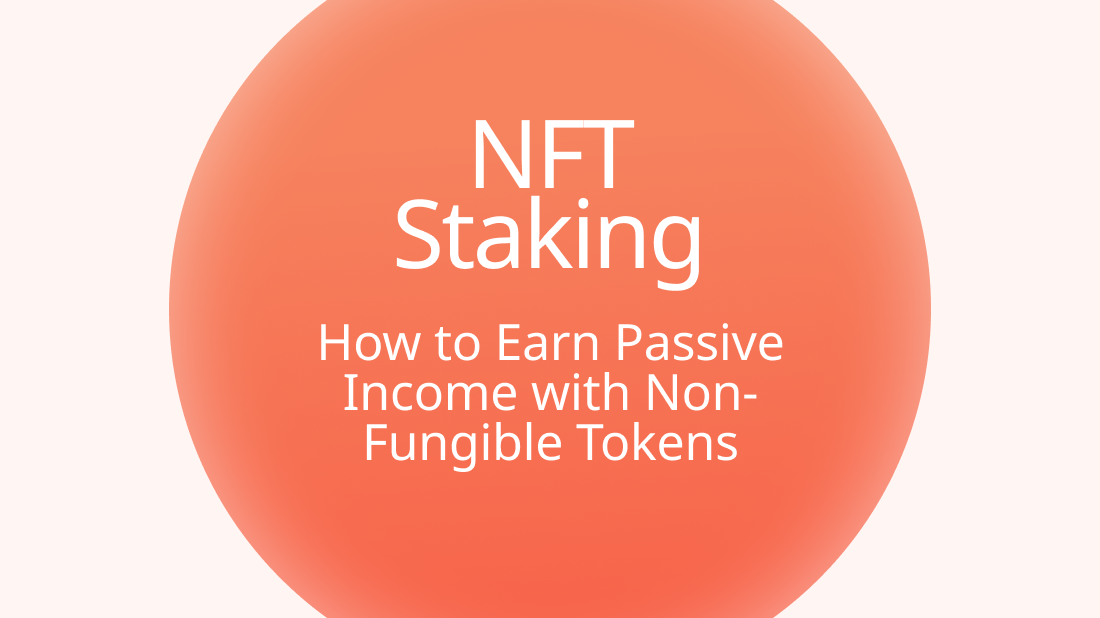
The world of digital assets has been revolutionized by the advent of non-fungible tokens (NFTs). These unique digital items have gained immense popularity, with applications ranging from digital art and collectibles to virtual real estate and gaming items. However, a new trend is emerging within the NFT ecosystem that promises to enhance their utility further: NFT staking. This article delves into the concept of NFT staking, how it works, and how investors can earn passive income through this innovative approach.
Understanding NFT Staking
What is NFT Staking?
NFT staking is a process where NFT holders can lock up their non-fungible tokens in a blockchain protocol to earn rewards. This concept is similar to traditional cryptocurrency staking, where users lock up their coins to support the network and, in return, receive rewards. However, instead of staking fungible tokens like Bitcoin or Ethereum, users stake NFTs to earn passive income.
How Does NFT Staking Work?
NFT staking typically involves a few key steps:
- Ownership of NFTs: Investors need to own NFTs that are eligible for staking. These NFTs can be digital art, in-game assets, or other forms of non-fungible tokens.
- Choosing a Staking Platform: Investors select a platform that supports NFT staking. These platforms are usually decentralized applications (dApps) built on blockchain networks like Ethereum, Binance Smart Chain, or Polkadot.
- Staking NFTs: Investors lock their NFTs in the staking smart contract. This process often involves transferring the NFTs to the platform’s wallet.
- Earning Rewards: Once staked, the NFTs generate rewards over time. These rewards can be in the form of native platform tokens, other NFTs, or even fiat currency, depending on the staking platform’s structure.
Benefits of NFT Staking
Passive Income Generation
One of the most attractive aspects of NFT staking is the potential to earn passive income. By staking NFTs, investors can earn rewards without selling their digital assets. This passive income stream can be particularly appealing for long-term holders who believe in the future value of their NFTs.
Enhanced Utility of NFTs
NFT staking adds an additional layer of utility to non-fungible tokens. Beyond merely being collectibles or digital art pieces, staked NFTs can actively contribute to generating income. This enhanced utility can increase the intrinsic value of NFTs and make them more appealing to a broader audience.
Diversification of Income Streams
For investors looking to diversify their income streams, NFT staking offers a unique opportunity. By staking NFTs, investors can add a new source of passive income to their portfolio, reducing reliance on traditional income sources or other investment vehicles.
Supporting Blockchain Networks
Staking NFTs also supports the underlying blockchain networks. Just like staking cryptocurrencies, NFT staking helps secure the network, validate transactions, and maintain decentralization. By participating in NFT staking, investors contribute to the overall health and sustainability of the blockchain ecosystem.
Risks and Considerations
Market Volatility
While NFT staking can generate passive income, it is not without risks. The value of NFTs and the rewards earned from staking can be highly volatile. Market conditions, demand for specific NFTs, and overall trends in the cryptocurrency market can significantly impact the value of staked NFTs and the rewards generated.
Platform Security
Choosing a reputable and secure staking platform is crucial. As with any blockchain-based activity, there is a risk of hacks, smart contract vulnerabilities, and platform failures. Investors should thoroughly research and select platforms with a strong security track record and positive user reviews.
Liquidity Constraints
Staking NFTs usually involves locking them up for a certain period. During this time, investors may not be able to sell or trade their staked NFTs. This lack of liquidity can be a disadvantage if market conditions change, or if the investor needs quick access to funds.
Popular NFT Staking Platforms
Rarible
Rarible is a popular NFT marketplace that offers staking opportunities for its RARI token. NFT holders can stake their RARI tokens to earn additional rewards and participate in the platform’s governance.
NFTX
NFTX is a decentralized platform that allows users to create and trade NFT index funds. Users can stake their NFTs into vaults and mint fungible tokens that represent a share of the vault. These fungible tokens can then be staked or traded, providing additional income opportunities.
Axie Infinity
Axie Infinity is a blockchain-based game where players can earn rewards by staking their in-game assets, known as Axies. Players can stake their Axies to earn governance tokens and other rewards, enhancing the utility of their game assets.
How to Get Started with NFT Staking
Step 1: Acquire Eligible NFTs
The first step is to acquire NFTs that are eligible for staking. These can be purchased from various NFT marketplaces like OpenSea, Rarible, or directly from projects that support staking.
Step 2: Research Staking Platforms
Thoroughly research different NFT staking platforms to find one that suits your needs. Consider factors like reward structure, platform security, and user reviews.
Step 3: Stake Your NFTs
Once you have chosen a platform, follow the staking process to lock up your NFTs. Ensure that you understand the terms and conditions, including the staking period and potential penalties for early withdrawal.
Step 4: Monitor and Manage Your Staked NFTs
Regularly monitor your staked NFTs and the rewards you are earning. Stay informed about any updates or changes to the staking platform and be prepared to adapt your strategy as needed.
Conclusion
NFT staking represents an exciting new frontier in the world of digital assets. By allowing NFT holders to earn passive income, this innovation enhances the utility and value of non-fungible tokens. While there are risks and challenges associated with NFT staking, the potential benefits make it an attractive option for investors looking to diversify their income streams and participate in the evolving blockchain ecosystem. As the NFT market continues to grow, NFT staking is poised to become a significant aspect of digital asset investment strategies.



